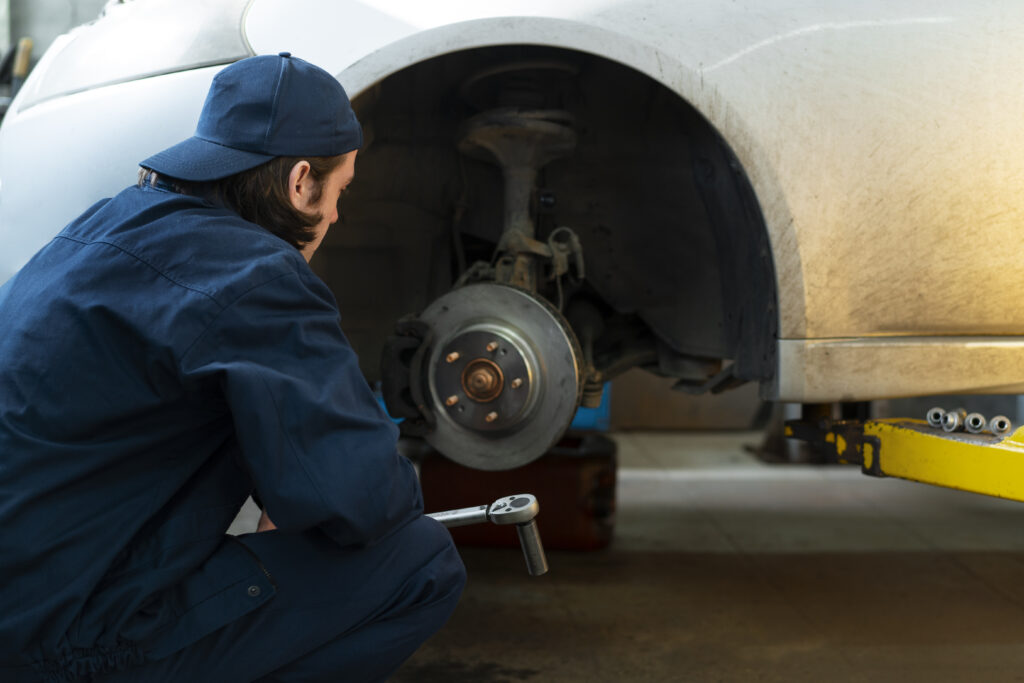Introduction
Brake disc tech is advancing fast, aiming for better performance, safety, and eco-friendliness. From carbon-ceramic to smart sensors, this article explores what’s next for braking systems and how it’ll affect driving.
Emerging Trends in Brake Disc Technology
- Carbon-Ceramic Brake Discs
- Description: Lightweight, heat-resistant composite discs.
- Pros: Less weight, no fade—great for efficiency and handling.
- Cons: Costly, mostly in high-end cars.
- Future: Cheaper production could bring them to mainstream EVs.
- Regenerative Braking Systems
- Description: Captures braking energy for EV/hybrid batteries.
- Pros: Saves brake wear, boosts battery life.
- Cons: Needs complex integration.
- Future: Will grow with EV adoption, reducing disc use.
- Smart Braking Technology
- Description: Sensors monitor wear and performance live.
- Pros: Prevents failure with predictive alerts.
- Cons: Adds cost and complexity.
- Future: Could become standard for safety.
- 3D-Printed Brake Discs
- Description: Custom designs via additive manufacturing.
- Pros: Optimized cooling, lighter weight.
- Cons: Early-stage tech, not widespread.
- Future: May lower costs for high-performance discs.
- Eco-Friendly Brake Discs
- Description: Cuts emissions from braking dust.
- Pros: Cleaner, greener driving.
- Cons: Still developing, few options.
- Future: Could meet stricter environmental rules.
How These Innovations Will Shape the Future
- Safety: Monitoring prevents failures.
- Performance: Lighter discs improve efficiency.
- Sustainability: Green tech aligns with eco goals.
Conclusion
From carbon-ceramic to regenerative systems, brake disc tech is set to enhance safety and efficiency. As costs drop, these advances will reach everyday cars. Stay ahead by understanding what’s coming.

